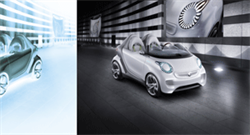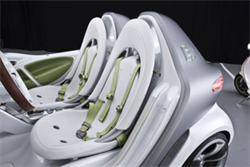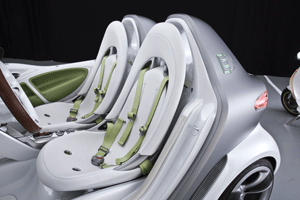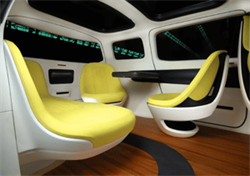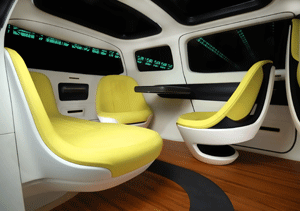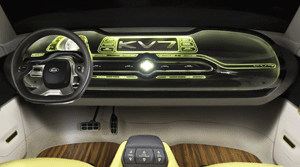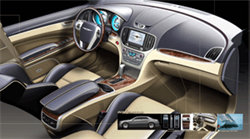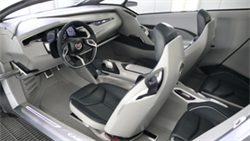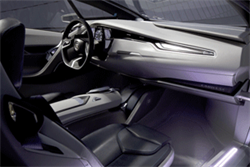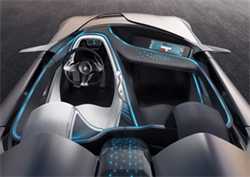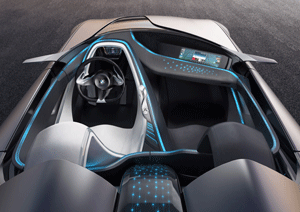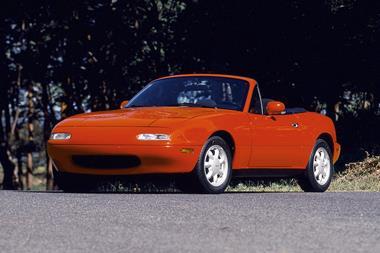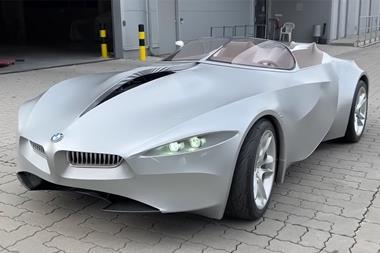IN THIS ISSUE
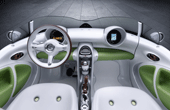
 Vehicle type: concept/seven-seat minivan
Vehicle type: concept/seven-seat minivan
Project completed: December 2010
The design team originally experimented with stacking seat systems, and more conventional minivan-style seats-on-tracks in the floor. These ideas were dropped, says Giner, because “we didn’t think it was necessary to make it a big design feature”.“It’s not a large van, but we wanted it to feel very voluminous with plenty of space to move around,” says White. “If we had got very sculptural in the door trims and floor areas, it would not have had that sense of space that we were looking for.” Simple armrest handles are set into the upper grey section finished in vinyl.
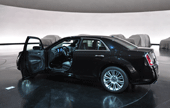
Head of Interior Design: Klaus Busse
Component Designer: John Matthews
The exterior and interior of the all-new 300 sedan were developed in parallel at Chrysler’s design studio in Auburn Hills, Michigan. The teams also referenced the same mood board, which focused on ‘provocative forms’, ‘fluid surfaces’, ‘sensual lines’, ‘soulful presence’ and ‘serene palettes’. “If you look you will see a picture of a snowdrift. That inspired the surface treatment of the IP,” reveals 300 Interior Design Manager Jon Gaudreau. “[On the IP] there are soft, fl owing sections that flow into hard crease lines, which is very much like what happens naturally in a snowdrift.” “Step one was getting the fundamentals right,: the quality, the materials, the amenities,” says Head of Interior Design, Klaus Busse. “The predecessor to this vehicle had a soft instrument panel, so it already had some of the materials right. But the design wasn’t very inspiring; the car sold from the outside, not so much from the inside.”
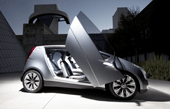 Vehicle type Concept / fuel cell crossover
Vehicle type Concept / fuel cell crossoverChief design officer Peter Schreyer
Chief designer Europe Thomas Bürkle
General manager Raphael Bretecher
Design manager, interior Jochen Werner
Lead exterior designer Roberto Kühn
Lead interior designer Nico Munkler
Interior designer Michel Glenisson
Manager, colour and trim Tayo Osobu
Manager, studio engineering Günter Roos Senior engineer/frame development Sven Wittke
Project started January 2013
Project completed February 2014
Launch Geneva / March 2014

Robert Hlinovsky
Magazine


































